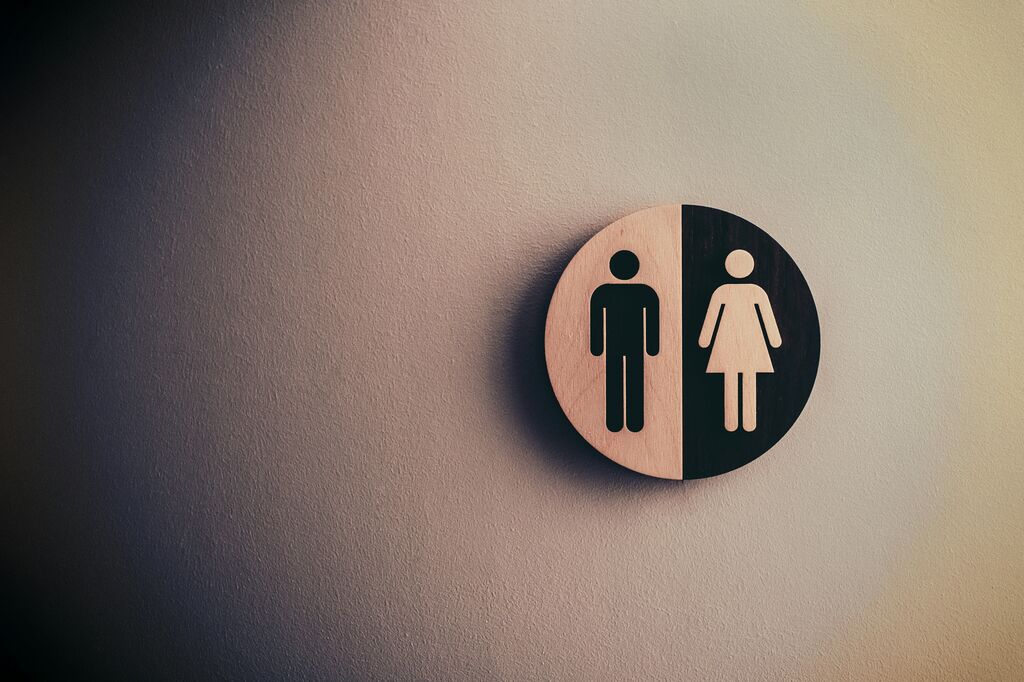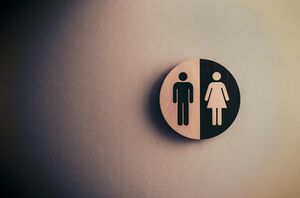Transgender
‘Woman’ defined by biological sex, says Supreme Court.

Judges at the UK’s highest court have unanimously ruled that a woman is defined by biological sex under equality law, ending a long-running legal battle over sex-based rights.
The case marked a hard-fought victory for campaigners from For Women Scotland, who were challenging a Scottish law that allowed trans women with a Gender Recognition Certificate (GRC) to be included in female quotas on public boards.
The group, which first brought the challenge in 2018, argued that the Scottish government’s stance contradicted the Equality Act 2010, which they said defines ‘woman’ based on biological sex, and that sex-based protections should only apply to those born female.
Conversely, the Scottish government maintained that transgender individuals with a GRC should be granted the same sex-based protections as biological women.
The court ruled against the government, and held that the terms ‘sex’, ‘man’ and ‘woman’ in the Equality Act 2010 refer to biological sex:
“The definition of sex in the Equality Act 2010 makes clear that the concept of sex is binary, a person is either a woman or a man.
"Persons who share that protected characteristic for the purposes of the group-based rights and protections are persons of the same sex and provisions that refer to protection for women necessarily exclude men.
"Although the word ‘biological’ does not appear in this definition, the ordinary meaning of those plain and unambiguous words corresponds with the biological characteristics that make an individual a man or a woman.”
The government responded to the ruling, saying “We have always supported the protection of single-sex spaces based on biological sex. This ruling brings clarity and confidence, for women and service providers such as hospitals, refuges, and sports clubs. Single-sex spaces are protected in law and will always be protected by this government.”
A number of high-profile campaigners welcomed the ruling, including author J.K. Rowling, who has faced considerable criticism for speaking out against ‘the new trans activism’, a stance shaped in part by her personal experiences with domestic abuse and sexual assault.
Campaigner Maya Forstater, Chief Executive of Sex Matters, said the court had given the right answer: “the protected characteristic of sex — male and female — refers to reality, not to paperwork.”
What does the judgment mean in practice?
Judge Lord Hodge stressed that the ruling should not be viewed as a victory for one side over the other and highlighted that the law continues to protect transgender individuals from discrimination.
However, it does provide clarity to the longstanding debate over the definition of a woman. It therefore sets a significant precedent for how equality laws can be applied in practice.
While trans people are still protected from discrimination under the 2010 Equality Act on the ground of gender reassignment, they do not have protection on the grounds of biological sex.
The court added that in practice this could mean transgender women are excluded from same-sex facilities such as changing rooms if this is ‘proportionate’.
But how this will play out in reality is unclear.
The challenge shifts to the Scottish and British governments, who must ensure that this ruling is effectively implemented — a task that will shape the future of sex-based protections in the UK.
Share
